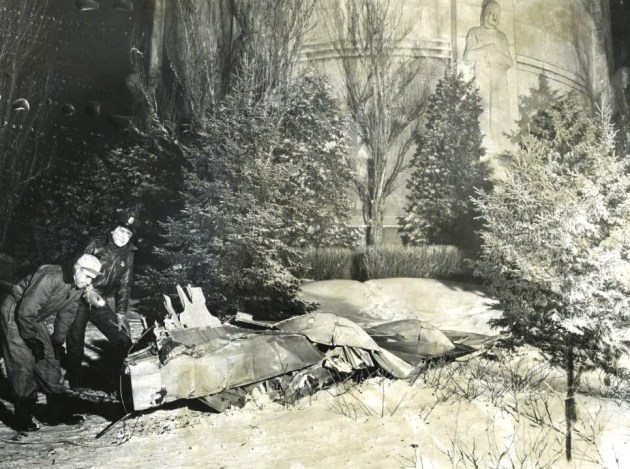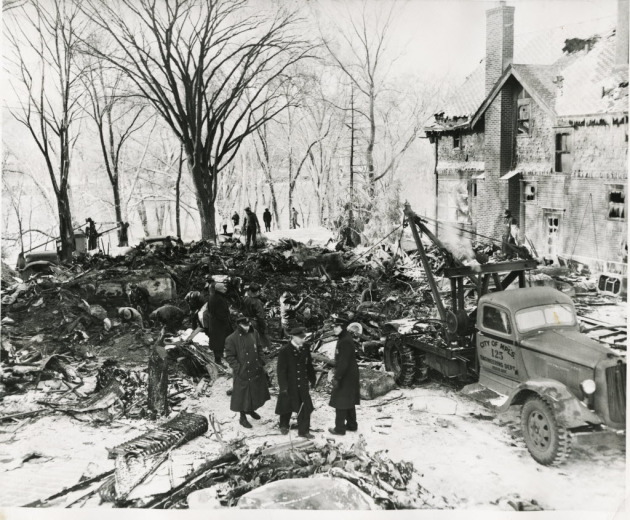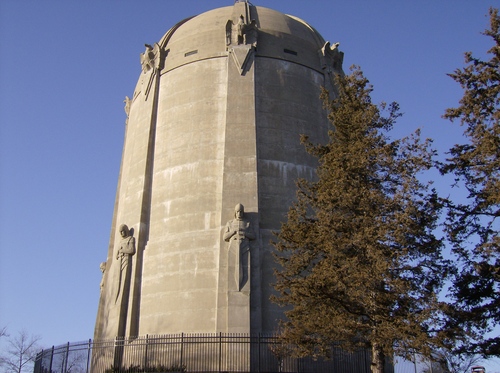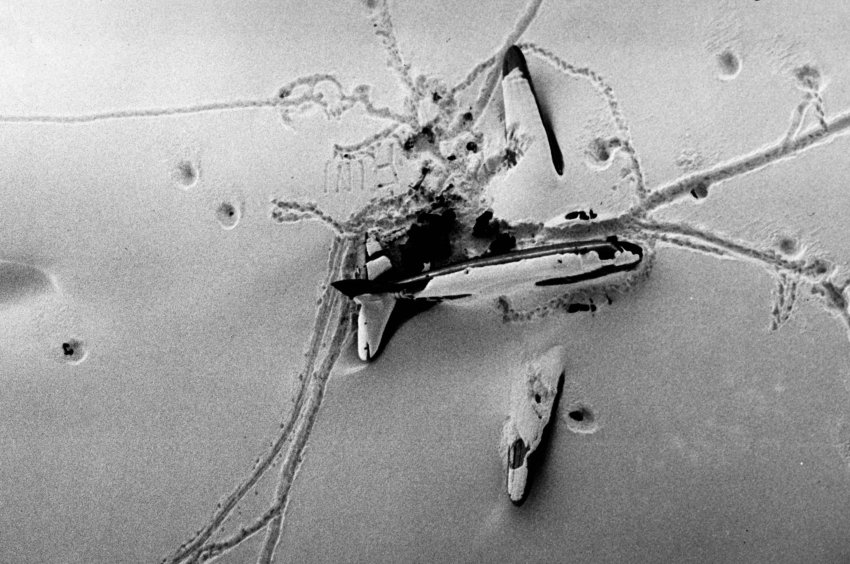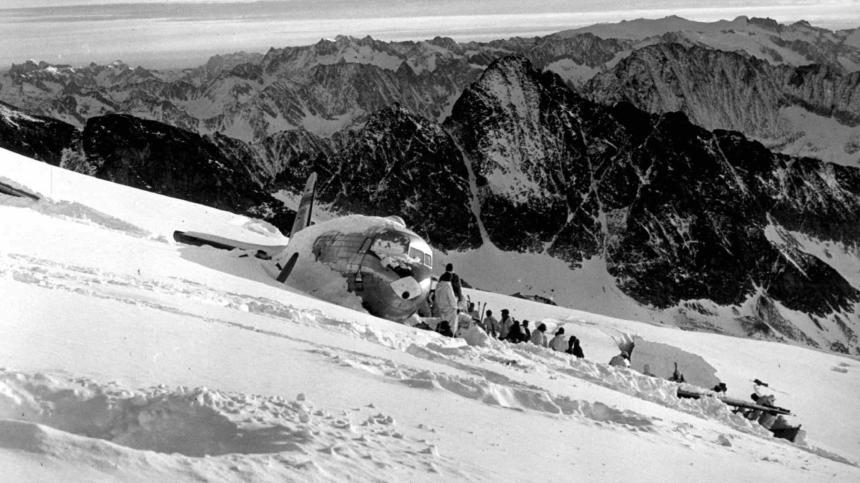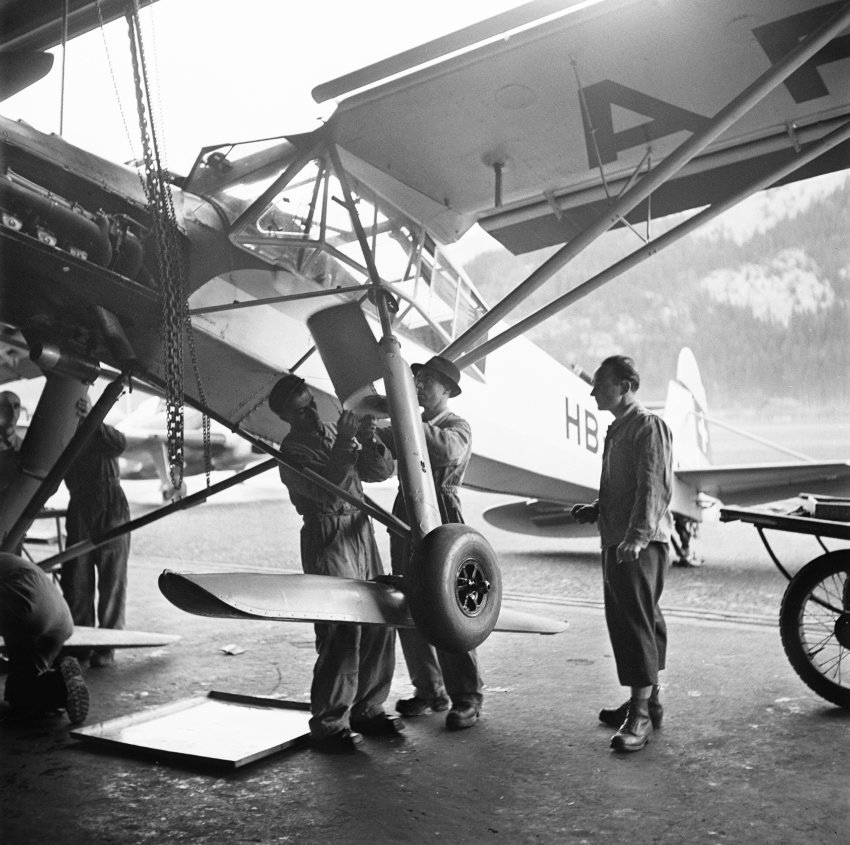In this Adventure 3-pack we focus on airplane crashes that occurred in area local to the 3 members of SPA Mgt. Team (Yoland, Mike and me).
-
Alaska Airlines Flight 261 (KNTD - Crash site - KLAX)
[Flight# AP51 (Use KNTD-KLAX for flight orig/dest)]
-
Aircraft: Amphibious
-
Weather: Your choice, but you'll be looking for plane crash debris on the water.
-
Time: Daytime.
-
Scenario: We start in Mike's "backyard". On January 31, 2000
Alaska Airlines Flight 261
(an MD-83) crashed into the Pacific Ocean about
2.7 miles north of Anacapa Island, CA killing all aboard.
You are stationed at Point Mugu Naval Station (KNTD) and receive a report
that a commercial aircraft is down in the area of Anacapa Is. A Coastguard cutter is responding to the area as well. Fly from KNTD on a
240 degree heading and help search for the wreckage (look for smoke and if you go past the islands you've gone too far). Land and assist in the
recovery effort. When done assisting, fly on to KLAX to turn over recovered items.
-
Northwest Flight 307 [Flight# AP52 and Flight# AP53]
-
Aircraft: Your choice - but recommend freeware Martin 404 (a freeware similar to the Martin 202)
-
Weather: Light Freezing Rain
-
Time: Night (2000 Hrs local time).
-
Scenario: Part-II of the this adventure pack will focus on a historic air crash that happened in my own neighborhood, but ten years before
I was born. My father told stories of this crash, hanging out at the local gas station and hitching a ride with the tow truck driver who was
going to drive over to see what was happening about a mile away. My father talked of jumping from fire hose to fire hose to stay out of the water
that had flooded the street.
On March 7, 1950 Northwest Flight 307 was enroute to KMSP when it crashed killing all aboard and two children sleeping in a house that the plane
hit. It is believed that the pilot was attempting a visual landing when the plane struck the flag pole at Fort Snelling Na. Cemetary. The plane
turned left and its left wing separated from the aircraft, landing near the Washburn Park Watertower.
The plane traveled another 2,640 feet before
slamming into a house along Minnehaha Parkway.
[Flight# AP52] (KMSN-KMSP)
Set your time at 2000 Hrs and light rain weather. Actual conditions were: weather conditions: a precipitation ceiling of 900 feet,
visibility variable 1/2 to 3/4 of a mile, and the wind from the north at 27 mph with gusts up to 40 mph.
Fly from Madison, WI, (KMSN) to Mpls - St. Paul Airport (KMSP) - landing on Rwy 31 (L or R).
[Flight# AP53] (KMSP - Crash Site I - Crash Site II - KMSP) Note: Use KMSP-KMSP as flight orig/dest.
After successfully making the flight to KMSP we will now seek out the crash sites. Hop into your favorite bush aircraft, set your time
to daylight and the weather to clear.
Fly from Mpls - St. Paul Airport (KMSP) - Take off on Rwy 31 (L or R) and fly heading 300 degrees to Crash Site I. This is the Wasburn Park Water Tower.
Fly low and watch for the distinctive tower.
It's only 300 feet tall and there's no smoke or flare to guide you in. Note: both crash sites are very close to KMSP (less than 10 miles I think), and KMSP and its PAPI lights
are visible from each site while airborne
After successfully finding the separated wing of Flight 307, fly a very short distance on 90 degree heading to Crash Site II, where the main
aircraft crashed into the residential area.
Finally return to KMSP to complete part II of this adventure pack.
-
Swiss Alps Rescue (LSMM - Crash Site - LSMM) [Flight# AP54 (LSMM-LSMM)]
-
Aircraft: Bush with skis - but wheels will work. (Recommend the payware Fieseler Storch)
-
Weather: Your discretion, but clear might make it easier to find the site - and enjoy the beautiful scenery.
-
Time: Daytime.
-
Scenario: The final part of this adventure pack takes us to Yoland's "backyard" - the Swiss Alps, where we fly a flight with a happy
ending and the most beautiful scenery as well.
On November 19, 1946 a DC-3 crashed on the Gauli Glacier after getting lost in a snow storm. The plane - thought to be lost in the French Alps, took
four days to find.
It had actually strayed into Switzerland. Efforts to rescue the passengers on foot proved near impossible, and when the
would-be rescuers finally reached the plane they were hardly in condition to save themselves let alone bring down injured passengers, women
and children.
Two Swiss army pilots had been experimenting with the German-made Fieseler Storch by adding skis to it.
They flew two of these planes multiple times
to the crash site and rescued all the victims.
Here is a short 2.5 minute video recalling the crash by it's last living survivor.
Take off from LSMM and fly on a heading of 165 degrees to the crash site at about 11000 feet. You will probably have to circle around until you gain enough
altitude to clear the peaks to the crash site. The crash site is a mere 7 miles from LSMM (horizontally). Pick up the survivors and fly them back to LSMM to
the waiting ambulances - a daring feat and beautiful flight.
